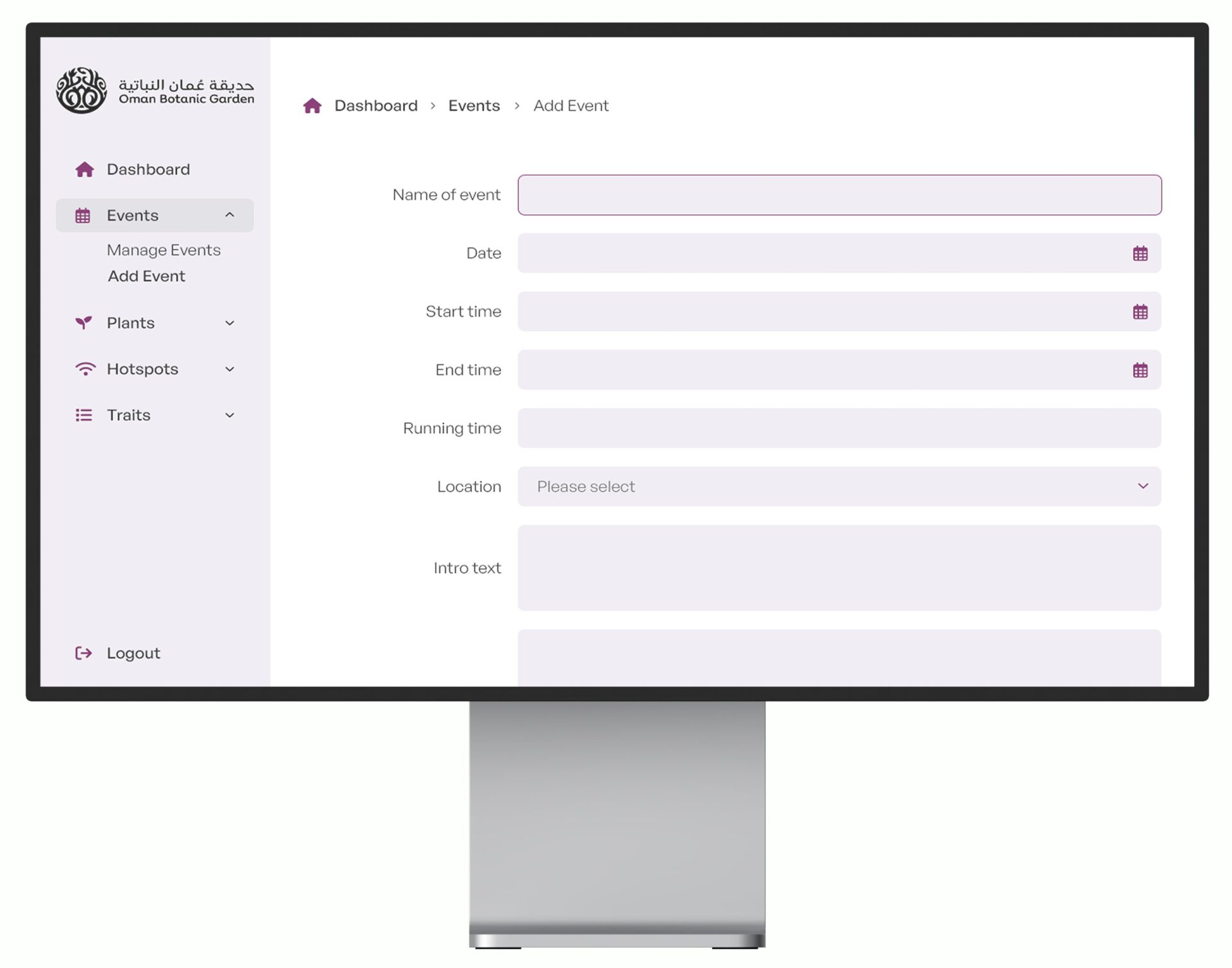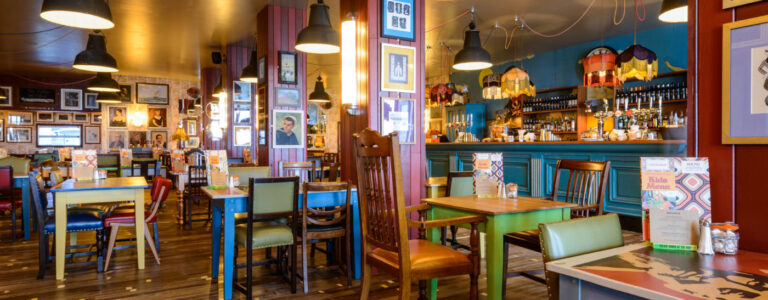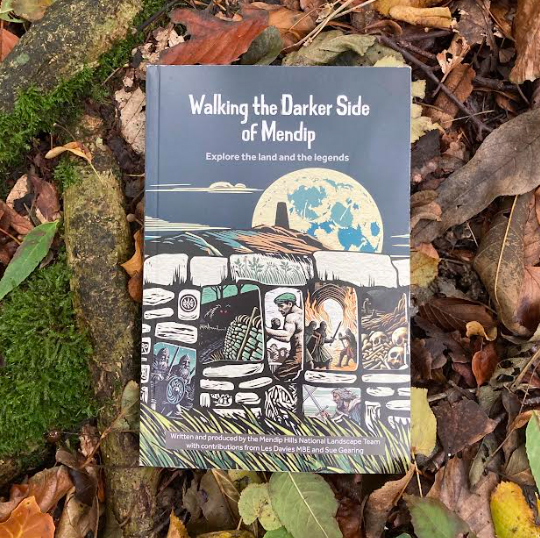We were thrilled to be asked by a long term culture and heritage consultancy client to help them with the build of a system that’d bring an App to life at a new International tourist attraction opening shortly.
The Botanic Garden in question will have an app that guides it’s visitors around various trails, letting them learn more about the plants that are on display at different times of the year, as well as ensuring they don’t miss and any events and talks on during their visit.
Initially, the team will only have details on a few hundred plants but as time goes by, this database will grow to be a few hundred thousand strong. And so they need to be able to update the info that displays in the app – as well of course as updating the “What’s On” info. And that’s where we stepped in. Oh – and all the content needed to be in English and Arabic!
We designed and built a custom Headless CMS, on Laravel, meaning that the event and plant scientist teams have an easy to use online system for adding their information quickly and easily. This is then cleverly stored (including all the plant photos) and shared with the app in a way that makes it very simple for the app to pick up the new data and replace the old without constantly needing to ask the user to download a new version of the app. It’s not quite an API, because it didn’t need to be, but rather a clever solution which resides on AWS (Amazon Web Services) and will mean everything flows into the app as it’s added to the CMS.
The term “headless CMS” has been a bit fashionable of late, and very often people who are sold them don’t actually need one… a headless CMS means that your content can be distributed to other platforms effectively and shown in different formats. A typical company website that just needs to be responsive for different sized screens doesn’t really fit the bill for a full headless CMS. But this was a really good example of a situation where content needs to be entered somewhere, and pulled into a different system – and potentially will need to be pulled into other systems in the future, such as a brochure website.
If you’re toying with commissioning a headless CMS, or would like to discuss whether a headless approach suits your project, please do get in touch.



